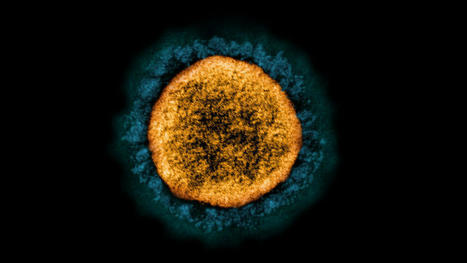More than two dozen virologists, epidemiologists, and others responded to STAT's question about what they still most wanted to know. Less than a year and a half ago, the world was blissfully, dangerously ignorant of the existence of a coronavirus that would soon turn life on earth on its head. In the 16 months since the SARS-CoV-2 virus burst into the global consciousness, we’ve learned much about this new health threat. People who contract the virus are infectious before they develop symptoms and are most infectious early in their illness. Getting the public to wear masks, even homemade ones, can reduce transmission. Vaccines can be developed, tested, and put into use within months. As they say, where there’s a will, there’s a way. But many key questions about SARS-2 and the disease it causes, Covid-19, continue to bedevil scientists. STAT was curious which questions topped scientists’ lists. So, we asked a bunch. More than two dozen virologists, epidemiologists, immunologists, and evolutionary biologists shared with us their top question. (Some … cheated, submitting several.) There was surprising diversity in the questions, though many cluster around certain themes, such as the nature of immunity or the impact of viral variants. Knowing what scientists still want to learn shows us how far we’ve come — and how far we have left to go to solve the mysteries of SARS-2 and Covid-19.
What accounts for the wide variety of human responses to this virus?
Some people who contract SARS-2 never know they’re infected. Others have flu-like symptoms — some mild, some more debilitating. Some recover completely, others go on to suffer from the puzzling condition that’s come to be known as long Covid. Some die. What predisposes individuals to those various and varied outcomes? That’s the question that perplexes Angela Rasmussen, a virologist affiliated with the Georgetown Center for Global Health Science and Security. An obvious answer might be how much virus individuals are exposed to when they get infected. In other words, lots of virus equals more severe disease. But Rasmussen said animal studies don’t show dose as being a factor here. Some preexisting health problems, like diabetes, seem to put people at higher risk of getting more severely ill, but even they don’t explain all the variability. Some people without comorbidities, as they’re called, become profoundly ill. “To me the data (and all the virus research I’ve ever done) suggests the host response is a major determinant, if not THE major determinant, of disease severity,” Rasmussen wrote. She wants to know why some immune systems handle the virus with ease while others get swamped.
How much immunity is enough immunity?
Florian Krammer, a professor of vaccinology at the Icahn School of Medicine at Mount Sinai Hospital in New York, submitted only one question and it was very specific: He wants to know the exact measurements of antibodies needed to fend off asymptomatic Covid and symptomatic disease. “I guess you could say that I want to know which type of immune response indicates protection,” said Krammer. “It is likely indicated by a single antibody titer for each of the types of protection.” Nahid Bhadelia, medical director of the special pathogens unit at Boston Medical Center, is also eager to quantify how much immunity is enough, so we can determine who is protected and who needs to have their immunity boosted. “We do this for measles now, for example — if there is an exposure, we check antibodies,” said Bhadelia. Sarah Cobey, associate professor of viral ecology and evolution at the University of Chicago, thinks the issue might be more complicated. In her view, beyond specific antibody levels, physiological factors that vary from individual to individual are probably also part of the equation. “It would be nice to know exactly what we should measure and how to interpret it,” she said. This could be among the factors that help explain why there’s so much variability in people’s susceptibility to the virus, and the severity of disease they experience if they contract it. “Knowing how well a partially immune population could transmit the virus at any time could dramatically improve forecasting and the potential for effective policy responses,” Cobey added.....



 Your new post is loading...
Your new post is loading...







